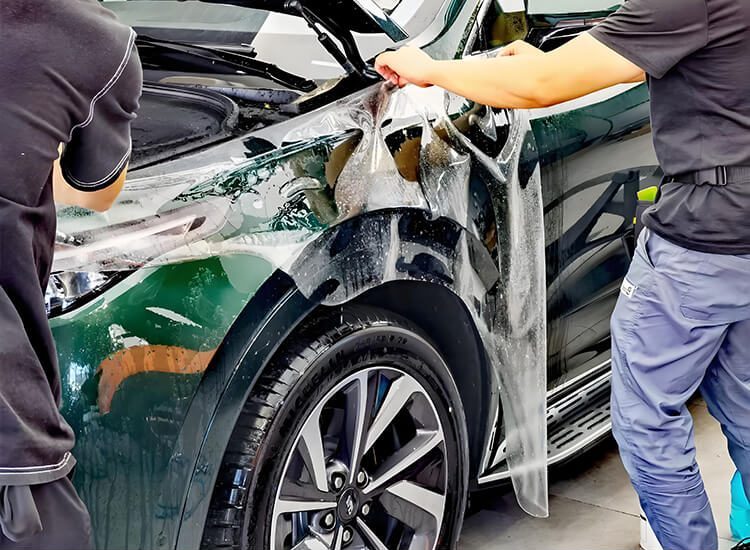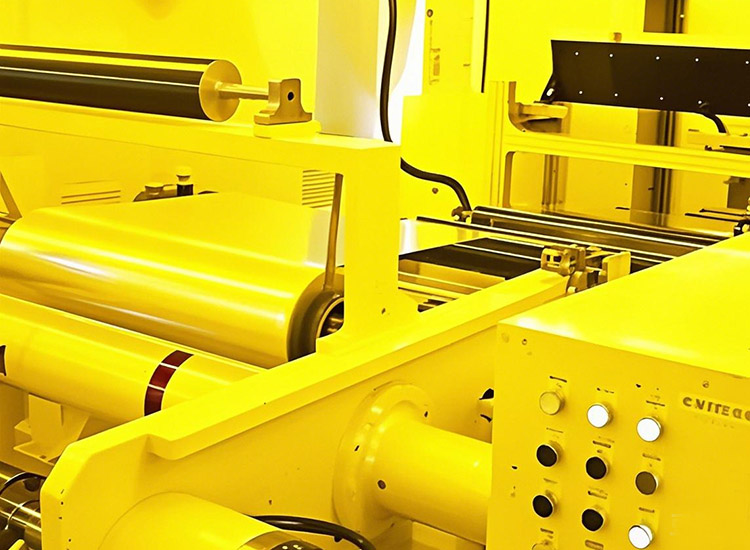TPU, PVC and TPH Paint Protection Film: What’s the Difference and Which to Choose?
When it comes to keeping your car’s paint flawless, choosing the right paint protection film (PPF) matters more than most people think. Not all PPFs are created equal—some are flexible and self-healing, while others are budget-friendly but less durable. The three most common types—TPU, PVC, and TPH—each offer unique benefits and drawbacks. This article breaks down their differences in simple, real-world terms so you can choose the best one for your vehicle, lifestyle, and budget. Whether you drive a luxury car or a daily commuter, this guide will help you protect your paint like a pro.
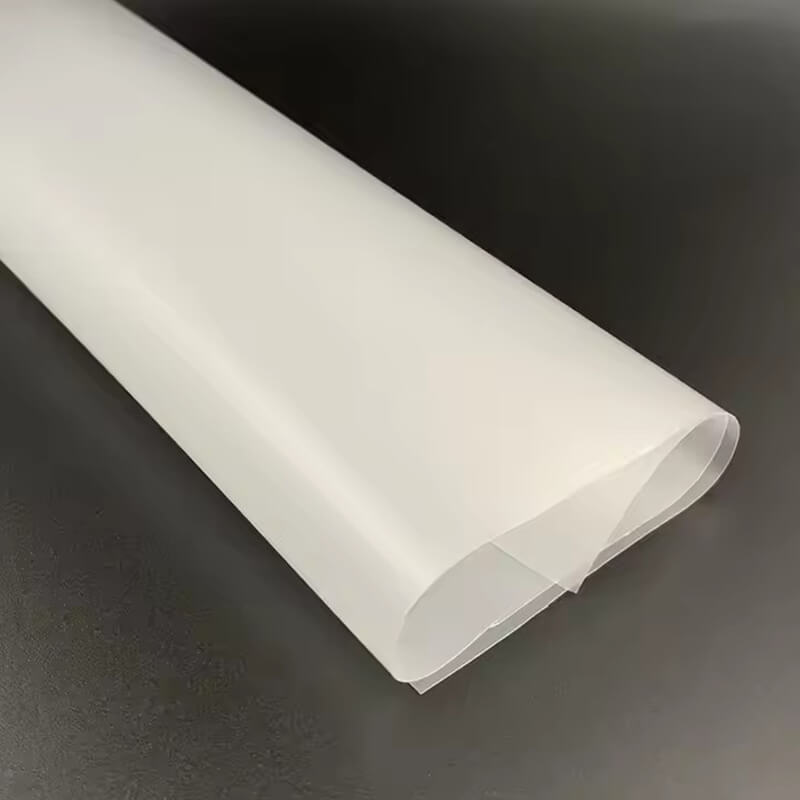
What Is Paint Protection Film, and Why Does It Matter?
Paint protection film, often referred to as PPF or clear bra, is a thin polyurethane-based or vinyl-like layer that shields your car’s exterior from rock chips, scratches, UV rays, bird droppings, and general road grime. With car values staying high and repair costs skyrocketing, installing a protective film has become a smart investment—not just for enthusiasts, but for anyone who cares about preserving their car’s finish. If you’re unsure where to begin, this guide on automotive PPF offers a clear starting point for beginners and enthusiasts alike.
TPU Paint Protection Film: Premium Protection with Self-Healing
Why TPU Is Considered the Gold Standard
Thermoplastic Polyurethane (TPU) is widely considered the gold standard in the PPF world. This high-performance polymer is flexible, durable, and can literally heal itself from light scratches when exposed to heat—either from the sun or a heat gun. That’s not just a gimmick; it’s a real-world feature that keeps your car looking newer longer without extra effort.
Who Should Use TPU and Why It’s Worth the Price
One of the biggest advantages of TPU paint protection film is its elasticity. It conforms exceptionally well to complex curves, making it a favorite for luxury cars and high-end sports vehicles. If you’re wondering which paint protection film is best, TPU usually tops the list—especially for daily drivers, exotic cars, and even Teslas. In fact, many owners consider TPU the most cost-effective solution once they realize how long paint protection film lasts compared to cheaper alternatives.
Additionally, TPU paint protection film durability can exceed 7–10 years with proper care, and many brands offer warranties to back it up. It resists yellowing, is highly transparent, and provides a deep gloss that enhances your car’s original paint color. On the flip side, TPU films are typically more expensive than PVC or TPH, but the long-term value is undeniable. You can learn more about overall PPF coating cost if budgeting is a key concern for you.
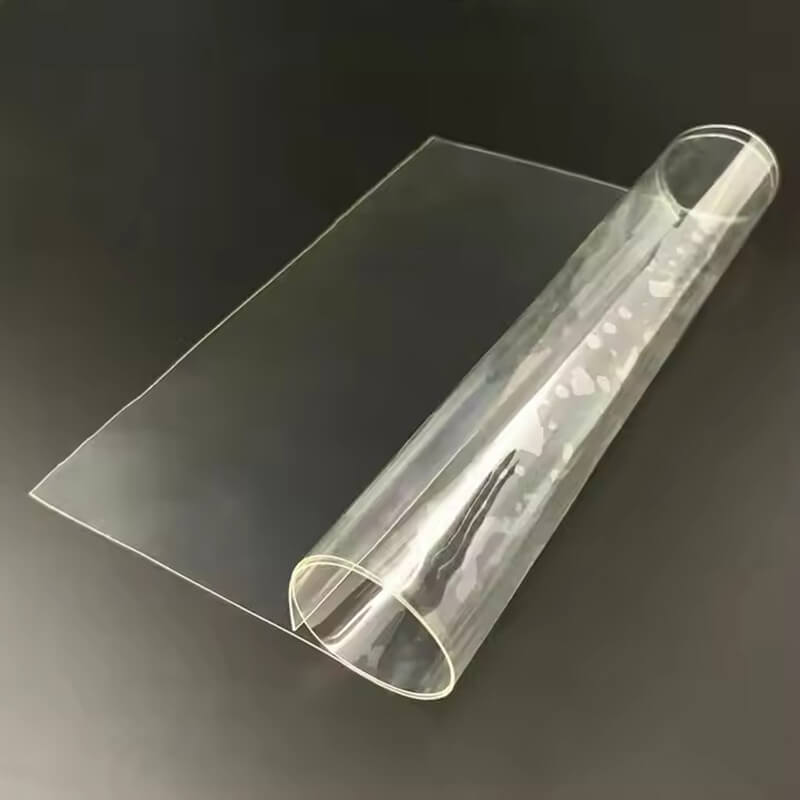
PVC Paint Protection Film: Low-Cost but Limited Lifespan
Why PVC Is the Most Budget-Friendly Option
Polyvinyl Chloride (PVC) is the cheapest and oldest form of automotive protective film. While it can serve as an entry-level clear bra, it’s generally not recommended for those who care about long-term appearance or finish quality.
Limitations of PVC for Modern Vehicles
PVC lacks the flexibility of TPU, making installation more difficult, especially around curves and edges. It’s also prone to cracking over time, and doesn’t have self-healing properties. If you’re weighing TPU vs PVC paint protection film, the cost difference might be tempting, but it comes with performance trade-offs.
When PVC Might Still Be Useful
Many PVC paint protection film options are designed for temporary use or fleet vehicles where aesthetics aren’t a top priority. Although these films can provide a basic layer of protection against road debris and minor scratches, they often begin to discolor and peel within 1–3 years—especially under harsh UV exposure. But if you’re only planning to protect a leased or short-term vehicle, a quick read on how much paint protection film you need can help you avoid overpaying for short-term solutions.
TPH Paint Protection Film: The Middle Ground Material
What Is TPH and How It Compares to TPU and PVC
Now let’s talk about TPH, which stands for Thermoplastic Hybrid. This material is essentially a blend of properties from both TPU and PVC. It’s more affordable than TPU but offers better durability and clarity than standard PVC.
Strengths and Weaknesses of TPH
TPH paint protection film typically doesn’t include self-healing capabilities, but it does deliver better resistance to yellowing and cracking than PVC. In terms of flexibility, it sits somewhere between TPU and PVC, making it a decent option for car owners who want reliable protection without the premium price tag.
Is TPH a Good Choice for Daily Drivers?
The TPU vs TPH film durability comparison reveals that TPU still lasts longer and performs better under stress, but TPH might be the sweet spot for those who want a step above basic PVC without going full premium. For a deeper understanding of material construction, explore this detailed breakdown of paint protection film materials to see how each base layer performs.
If you’re searching for the best PPF material for daily drivers, TPH may fit your needs—especially if you’re looking for an affordable clear bra that holds up under normal use and offers decent visual clarity. That said, it still can’t beat TPU’s slick finish, self-healing magic, or high-end aesthetics.
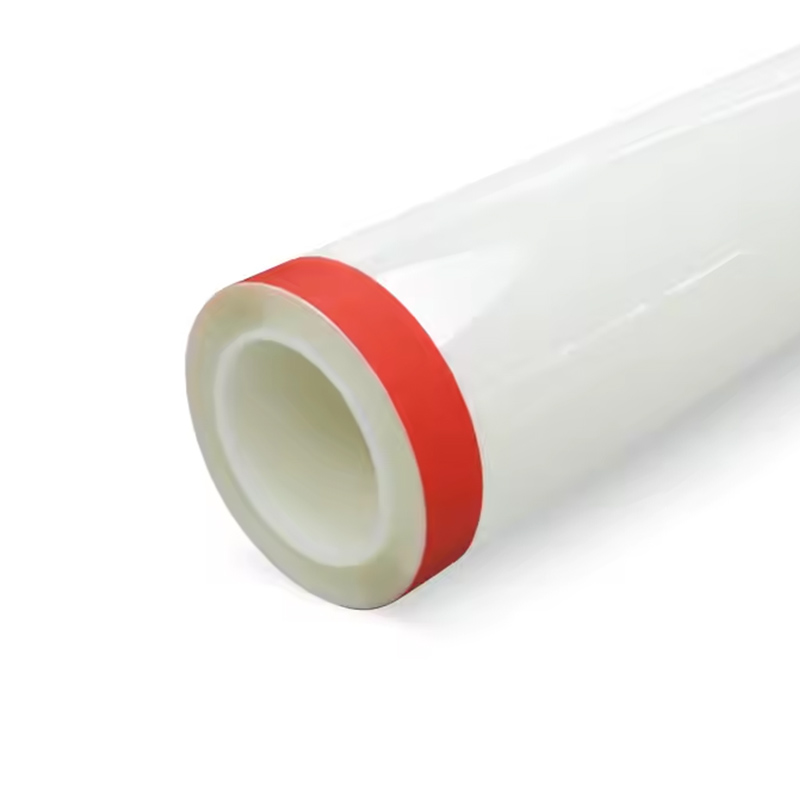
TPU vs PVC vs TPH: Side-by-Side Comparison
To make things even clearer, here’s a direct breakdown comparing TPU, PVC, and TPH across several important categories:
| Feature | TPU | TPH | PVC |
|---|---|---|---|
| Durability | 7–10 years | 3–5 years | 1–3 years |
| Self-Healing | Yes | No | No |
| Clarity / Gloss | ⭐⭐⭐⭐⭐ | ⭐⭐⭐ | ⭐⭐ |
| UV Resistance | Excellent | Moderate | Poor |
| Flexibility | High | Moderate | Low |
| Cost(whole car) | $2,500 – $8,000 | $1,200 – $2,500 | $600 – $1,200 USD |
| Installation Ease | Easy (with skill) | Average | Difficult |
| Best For | Luxury & high-end cars | Mid-range daily use | Temporary use or fleet cars |
So, when deciding between TPU vs TPH vs PVC wrap, consider your goals. Do you want long-lasting clarity and premium feel? Go TPU. Are you looking for reasonable performance without breaking the bank? TPH might do. Want to save money short-term? PVC can work—but manage your expectations. Still unsure if it’s worth the cost? Read is paint protection film worth the money for a full pros and cons review.
Real-World Use Cases: Which PPF Should You Choose?
For Tesla and Luxury Cars
You drive a Tesla or other luxury vehicle: You want a sleek look, high resale value, and minimal maintenance. TPU is the clear winner here. It hugs curves beautifully, resists yellowing, and heals itself from parking lot scuffs and scratches.
For Budget-Conscious Daily Driving
You have a daily driver you plan to keep for 3–5 years: A TPH paint protection film can give you a decent level of protection without the high price tag of TPU. It’s a good middle ground for everyday use. Not sure why PPF is so strongly recommended for all car types? This guide on why paint protection film is a must-have answers that with real-world reasoning.
For Fleets and Commercial Vehicles
You manage a fleet of commercial vehicles: Your concern is low upfront cost. PVC could suffice for basic rock chip and road salt protection—but don’t expect it to look great after a couple of summers.
For Combo with Ceramic Coating
You want to combine PPF with ceramic coating: TPU works extremely well with ceramic coatings for added hydrophobic properties. While TPU paint protection film vs ceramic coating is a common debate, the real win is in combining both for maximum protection and gloss.
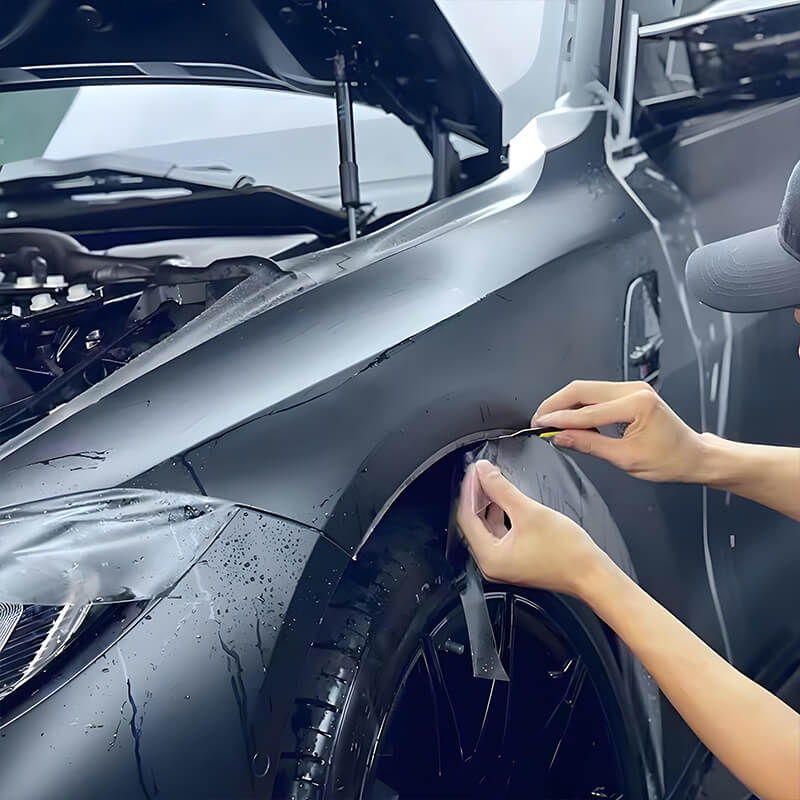
How to Choose the Right Paint Protection Film Material
Key Factors to Consider
Choosing the right PPF comes down to a few key factors:
- Budget: TPU costs the most but gives the best results; TPH is a solid mid-tier option; PVC is for limited-term needs.
- Car Type and Paint Quality: Luxury or exotic cars benefit from TPU’s optical clarity and stretchability.
- Climate and UV Exposure: In hot, sunny regions, TPU’s UV resistance gives it a longer life span.
- Expected Lifespan: If you plan to keep your car for over 5 years, invest in TPU for long-term value.
- Maintenance Habits: TPU reduces your detailing needs thanks to self-healing and easier cleaning.
If you’re still unsure, consult with a professional installer who can assess your car’s condition, driving habits, and paint sensitivity to help guide your decision. For a broader overview of what to expect, start with paint protection film basics to build your confidence.
Final Choose: TPU, PVS or THP?
In the battle of TPU vs PVC vs TPH paint protection film, there’s no one-size-fits-all answer. It all comes down to your car, your priorities, and your budget. For those who want long-lasting, almost invisible protection, TPU paint protection film is hands-down the best investment. If you’re looking to save a bit while still getting moderate protection, TPH offers a reasonable compromise. But if you just need a basic layer for a short-term vehicle or budget project, PVC might be enough.
Whatever you choose, the most important step is to get it installed professionally and maintained correctly. Even the best film can underperform if poorly applied. So take the time to understand your options, and protect your vehicle’s paint the smart way.
Frequently Asked Questions (FAQ)
1. TPU vs TPH paint protection film for Tesla – which is better?
TPU is typically the better choice for Teslas due to its flexibility, durability, and self-healing surface, especially around curves and complex panels.
2. Does TPU last longer than PVC PPF?
Yes, TPU usually lasts 7–10 years, while PVC tends to yellow and crack within 1–3 years, especially in sunny or harsh environments.
3. What is the best paint protection film material for luxury cars?
TPU is widely considered the best option for luxury vehicles due to its high clarity, gloss enhancement, and long-term protection.

